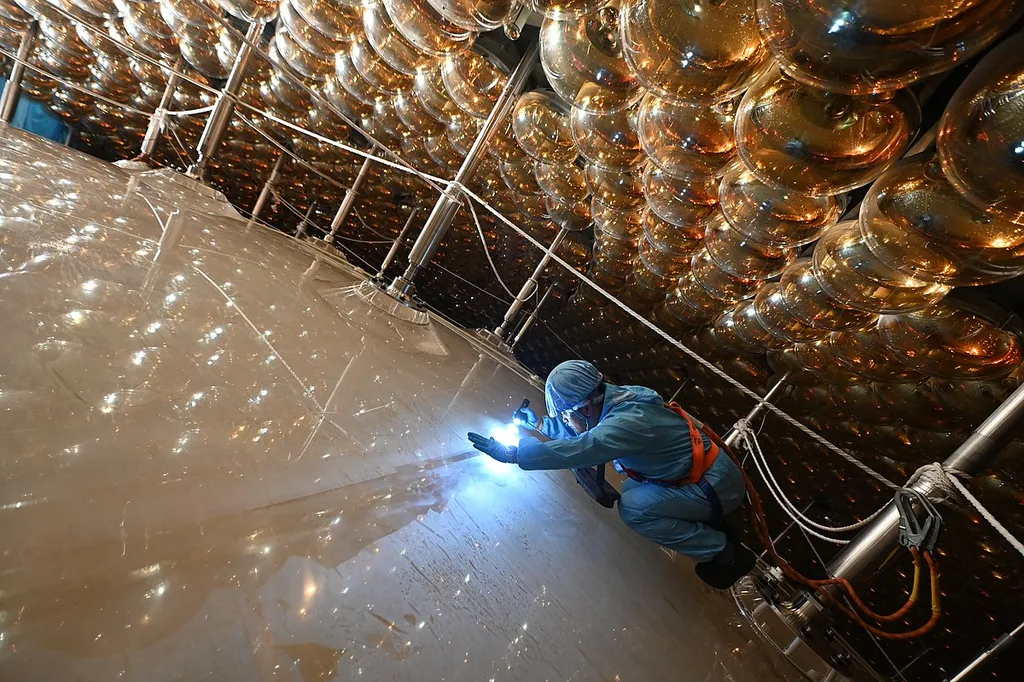In the realm of energy research, a team of scientists from the Technical University of Munich and other international institutions has been working on an intriguing experiment known as NUCLEUS. This experiment aims to detect a rare type of neutrino interaction using advanced cryogenic technology. The researchers, led by Dr. Hansjörg Abele and including experts from various fields, have been commissioning the experiment in preparation for its deployment at a nuclear power plant.
The NUCLEUS experiment is designed to detect coherent elastic neutrino-nucleus scattering, a phenomenon where neutrinos interact with entire atomic nuclei rather than individual protons or neutrons. This interaction is particularly challenging to observe due to its rarity and the low energy deposits it leaves behind. The researchers are using gram-scale cryogenic calorimeters, which are highly sensitive detectors cooled to extremely low temperatures, to attempt this detection. The experiment will be installed at the Chooz nuclear power plant in France, which houses two 4.25 GW thermal power reactor cores, providing a strong source of antineutrinos for the study.
In a recent commissioning phase conducted at the shallow Underground Laboratory of the Technical University of Munich, the researchers tested two cryogenic target detectors alongside active and passive shielding systems. Over a period of two months, all detector subsystems were operated with stable performance. This phase also included background measurements, which are crucial for understanding and modeling the various sources of background noise that could interfere with neutrino detection. The results from this commissioning phase provide important benchmarks for the upcoming technical run at the Chooz nuclear power plant, scheduled for 2026.
The researchers are currently working on upgrading the detector systems to improve their sensitivity and performance. However, several challenges remain in achieving the ultimate goal of neutrino detection. These challenges include reducing background noise to an absolute minimum and enhancing the detectors’ ability to distinguish neutrino interactions from other types of events. Despite these hurdles, the progress made so far represents a significant step forward in the field of neutrino physics and could have important implications for the energy sector, particularly in the context of nuclear reactor monitoring and safety.
This research was published in the journal [Physical Review D](https://journals.aps.org/prd/), a leading publication in the field of particle physics and related disciplines. The findings contribute to the broader understanding of neutrino interactions and pave the way for potential applications in energy research and beyond. As the NUCLEUS experiment moves forward, it holds the promise of unlocking new insights into the fundamental workings of nuclear reactors and the particles they produce.
This article is based on research available at arXiv.

